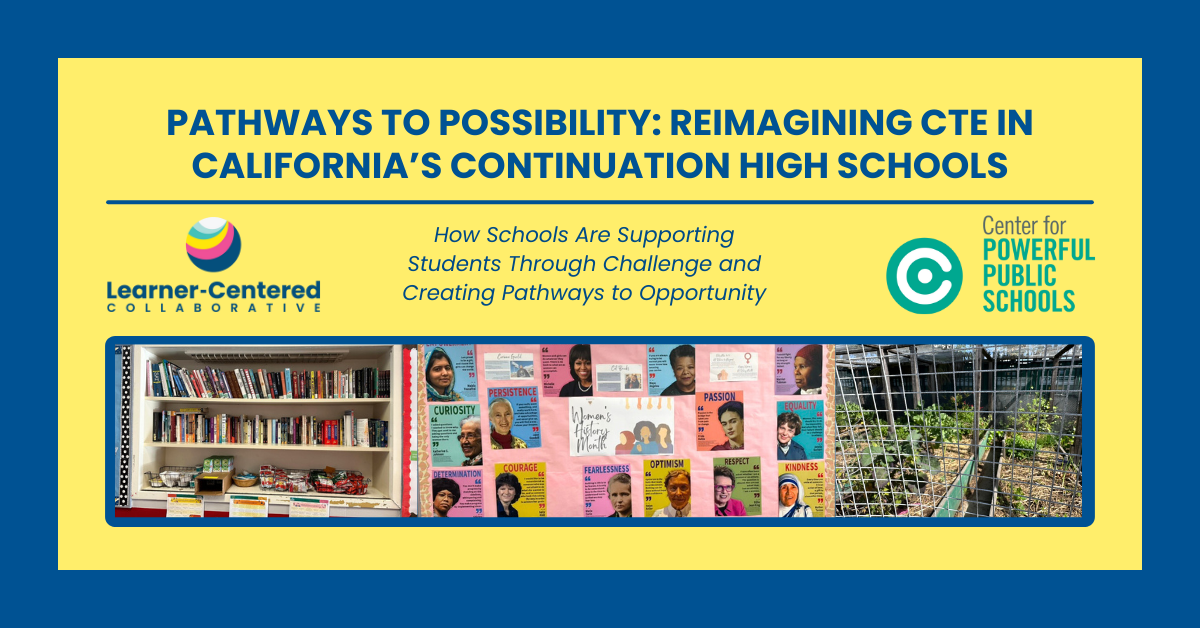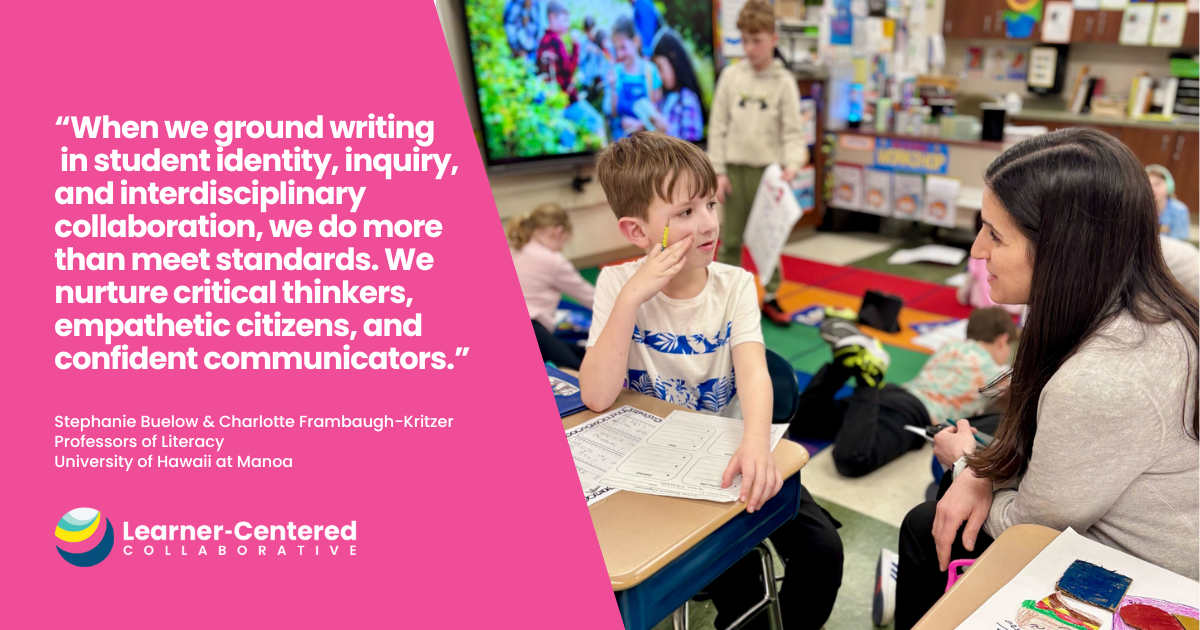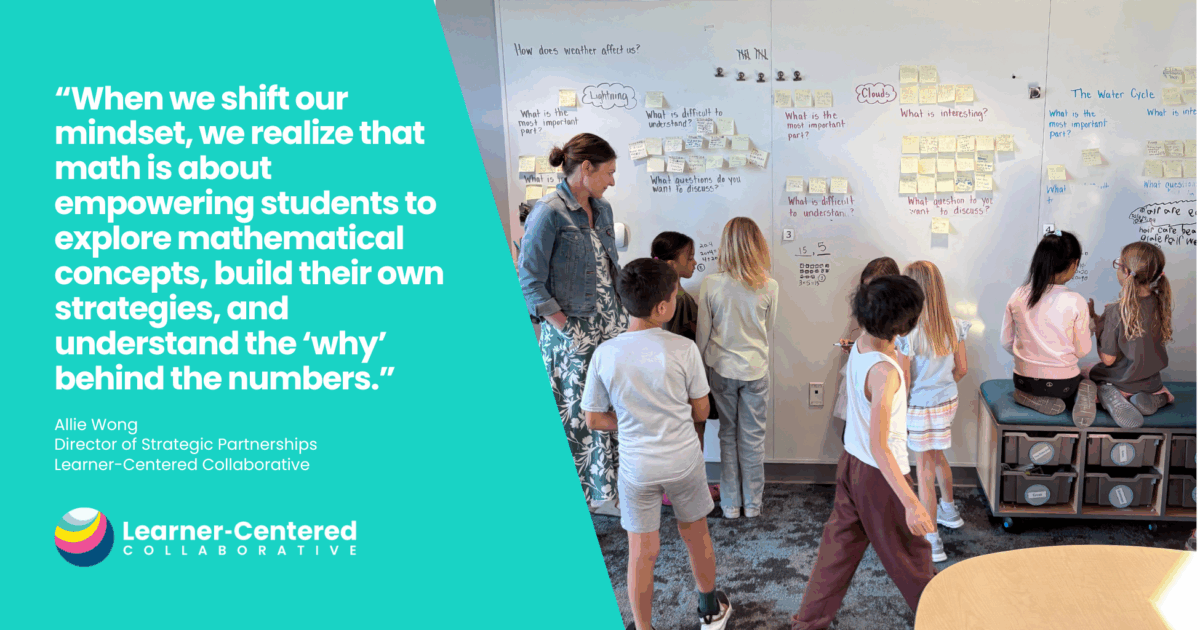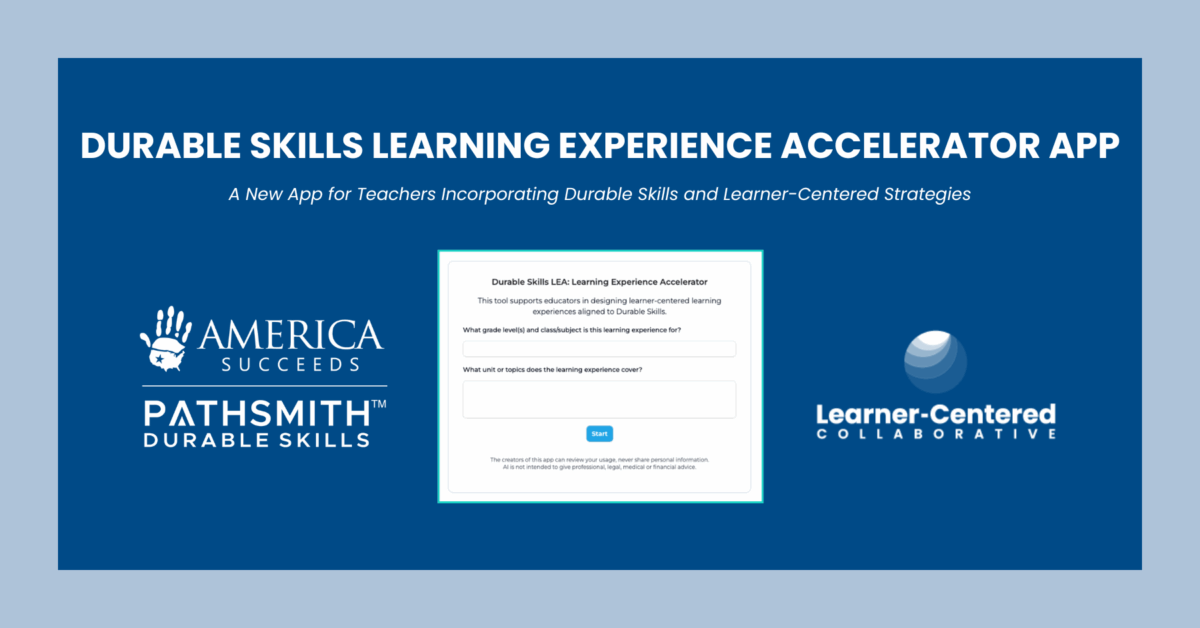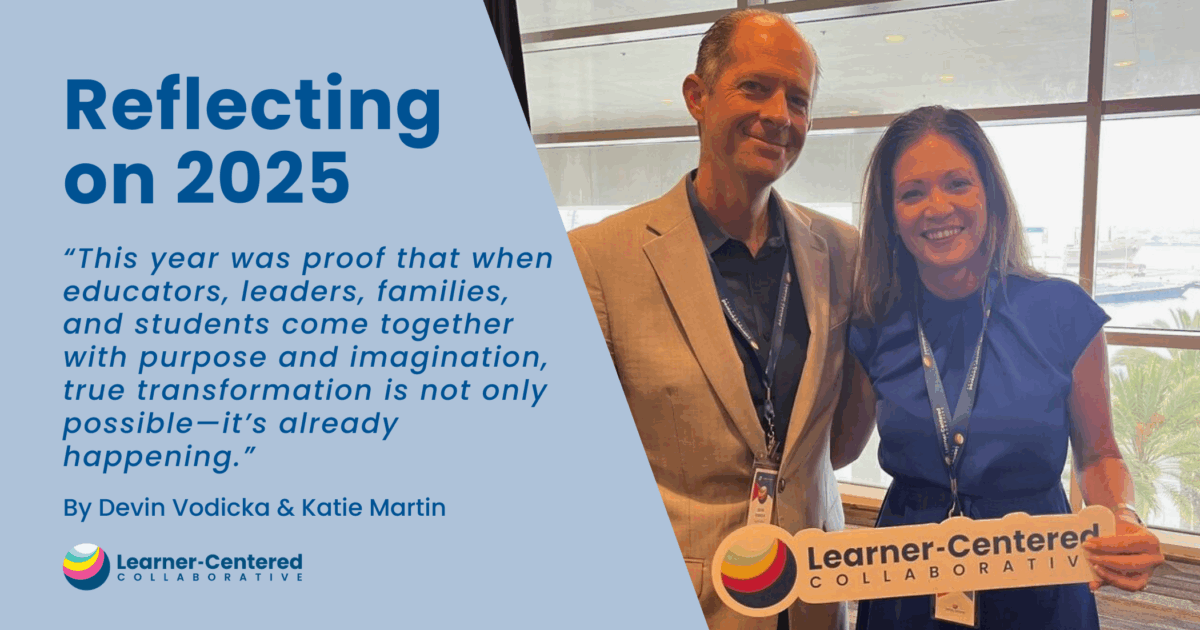Flexing Your Creative Confidence for School Redesign

Flex Your Creative Confidence
“What if I don’t have a creative bone in my body?” an educator asked during a recent staff meeting I was invited to attend. “I hear creativity,” she said, “and, I just shut down.”
Her brave admission resonated with many in the room. As an innovation leader, I’ve encountered this belief before – that creativity is a rare gift for a select few. Yet, at that moment, I saw an opportunity to shift the narrative. Not everyone sees or feels confident (yet!) in their creative contributions. By voicing her doubts, she had already taken the first step toward embracing her own creativity to empower her team and the future of education.
Creativity in School Redesign
This educator teaches at a mid-size Southern California school district that is reimagining its approach to learning as part of a district-wide redesign initiative. To accomplish this task, the principal, alongside a dedicated team of educators and counselors, is collaborating with the school community to create a 3-5 year redesign plan. This plan will align with the District’s newly adopted Framework for the Future, which outlines the district’s vision for transforming learning. Creativity is at the heart of this process, as the team works together to generate new ideas, approaches, and solutions that will shape the future of education in their district.
At Learner-Centered Collaborative, we’ve seen that a successful Framework for the Future encompasses a district’s mission, vision, values, portrait of a learner, learning model, and big moves (e.g. strategic plan). The staff meeting aimed to center the school community in the redesign process and provide updates on progress and next steps, recognizing that this collaborative and creative approach is essential to achieving meaningful and lasting change in schools.
Creativity is Everywhere and in Everyone
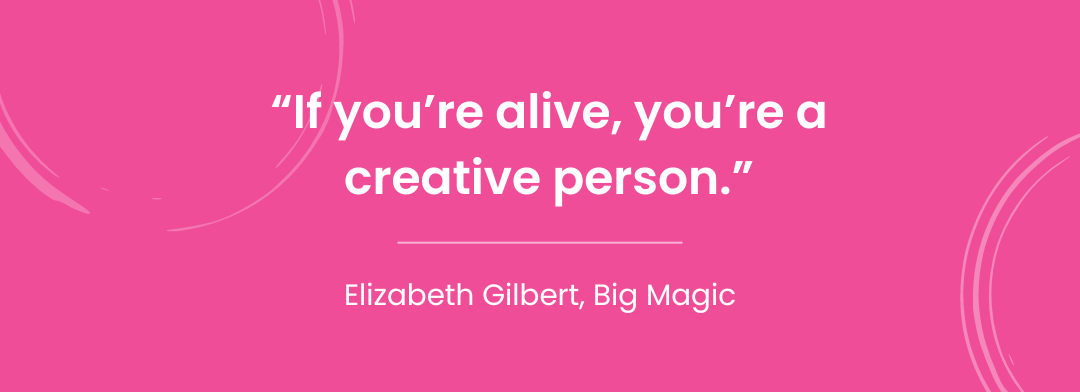
The educator’s perception of herself as “non-creative” led her to question her role in the redesign process. Her inquiry sparked my own reflections on creativity, a topic I’ve joyfully wrestled with for years. As a child, I dreamed of being many things – a veterinarian, Jane Goodall, an astrophysicist – but never an artist. I was told that art was “no way to make a living,” and I often wonder how my life might have unfolded if I had been encouraged to pursue that path instead.
However, over time, I’ve come to recognize that creativity extends far beyond the traditional notion of art. The end product of my work isn’t something you can hang on the fridge or a gallery wall. I now understand creativity is something much broader in scope. It is our willingness to stay open, to put our ideas into the world, and to take action towards bringing something new to life. Creativity is multifaceted and can be expressed in countless ways across all aspects of our lives and work, whether it’s a groundbreaking idea, a thought-provoking blog post, an innovative concept, a fresh approach to problem-solving, a reimagined system, or even a more learner-centered school.
“I now understand creativity is something much broader in scope. It is our willingness to stay open, to put our ideas into the world, and to take action towards bringing something new to life.”
Our creative magic is amplified through collaboration, each of us bringing our unique assets to the creative process. Dr. Shore surfaces the concept of collective creativity in a recent blog, which comes not from any one individual but from a group. Collective creativity she says is “not about making ONE person’s idea come to life, or on the other end, groupthink, but creating with others so that the final result has co-author and co-ownership.”
In response to this educator’s question, I shared the Compass Points activity we often use in our work at Learner-Centered Collaborative, in which team members’ unique orientations to taking on group work (North, South, East, and West) reflect how we show up differently, but in equally important ways. “Your voice and strengths are essential to this process,” I told her. “That’s nice of you to say,” the educator responded, with some doubt still reflecting in her voice.
Nurturing the Creativity In Ourselves and Others
Somewhere along the line, this educator felt discouraged and/or disconnected from her creative identity. How many of us were discouraged as kids to nurture our creativity? How many, like myself, were discouraged from considering art or creative pursuits as a viable pathway? How does creativity show up – and sadly, get shut down – in the lives of both adult and youth learners today?
In my current role at Learner-Centered Collaborative, I feel grateful to sit in spaces where I am regularly nurturing my creativity. What I’ve found brings me immense joy is encouraging, supporting, and celebrating others in being their most expansive selves, creativity included. When I think back now on what I wanted to be, I realize that becoming who I am today is my greatest creative act – and it’s nowhere near finished. By just simply being who we are and sharing that with the world, each of us demonstrates immense creativity.
“When I think back now on what I wanted to be, I realize that becoming who I am today is my greatest creative act – and it’s nowhere near finished.”
By showing up and actively engaging during this staff meeting, the educator is already part of the creative process. “It turns out that creativity isn’t some rare gift to be enjoyed by the lucky few—,” Tom and David Kelley share in their book Creative Confidence, “it’s a natural part of human thinking and behavior. In too many of us, it gets blocked. But it can be unblocked. And unblocking that creative spark can have far-reaching implications for yourself, your organization, and your community.” I hope that through this work, this educator can not only identify her creative contributions but also celebrate what she and her community can create for the future of learners in her district.
Looking for some guidance on using your creativity to improve learner-centered experiences in your classroom or school? Check out these Learner-Centered strategies.
Looking to Build Your Creative Muscle?
While we are all inherently creative beings, creativity is like a muscle in our body. The more we exercise it, the more it grows. The more it grows, the more creative confidence we feel. Here are some resources that have inspired me along the way. What has helped to expand your understanding of creativity? What resources about creativity have nourished your curiosity?
- Big Magic by Elizabeth Gilbert
- Creative Acts for Curious People by Sarah Stein Greenberg
- The 10 Faces of Innovation, Tom Kelley
- Creative Confidence, Tom Kelley and David Kelley
- The Artist’s Way by Julia Cameron
- The Input Obsession, a presentation with Jeremy Utley and Laura McBain
- We Need Ecosystems, Not Egosystems, Jane Shore, School of Thought
- Work Life with Adam Grant, a podcast with the Authors of Your Brain on Art
On my reading list: Your Brain on Art by Susan Magsamen and Ivy Ross
